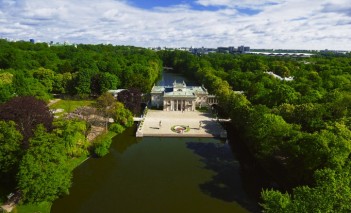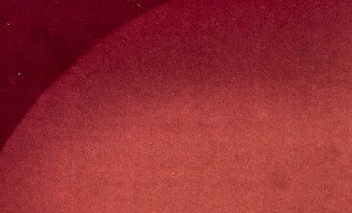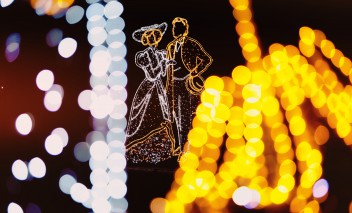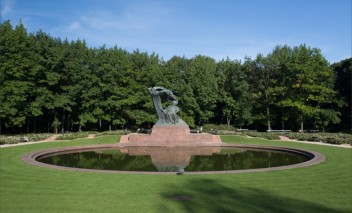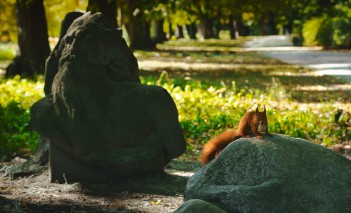Abraham Mignon – the story of the painter of the "Flowers in a Glass Vase"

The baroque Dutch painter, Abraham Mignon, had strong ambitions to depict various flower compositions with maximal resemblance to reality. Today, he is considered one of the most prominent still life painters in the second half of the 17th century, and his paintings are displayed in major museums in the world.
Abraham Mignon (1640-1679) was born in Frankfurt, in a French-speaking family of emigrants from Wallonia (today part of Belgium). He studied in the workshop of Jacob Marrel, a German painter of floral still life. In 1664, together with his mentor, he travelled to Utrecht in the Netherlands. In 1669, he became a member of a local guild of painters - the Guild of Saint Luke.
In Utrecht, he worked in the workshop of Jan Davidsz. de Heem, an outstanding Dutch painter of still life, whose art had a notable influence on the development of this style of painting, both in the northern and in the southern Netherlands.
Mignon was a faithful imitator of de Heem; in some paintings he almost equalled the mastery of his acclaimed teacher. His still life paintings are among the most valuable floral depictions in the 17th century Dutch painting.
Following the example of de Heem, apart from floral still life, he also painted lavish foot table still life with cups of wine, fruit, and food, still life with hunting trophies, as well as floral compositions with fruit and animals on a landscape background. He did all this with unparalleled technical dexterity, while scientific precision, with which he presented elements of flora and fauna, was unmatched.
Depictions of bouquets and flower garlands became a distinct type of still life at the beginning of the 17th century. At first, the main centres of floral still life painting were the Flemish Antwerp, and the Dutch cities of Middelburg and Utrecht. However, it soon spread over the entire region of the Netherlands.
Floral still life paintings were extremely popular among buyers, and they reached high prices. Creators of early paintings of this type looked for inspiration in botanic textbooks and illustrations from herbariums. Paintings of painters such as: Jan Breughel the Elder (the "Velvet”), Ambrosius Bosschaert the Elder (1573-1621), and Balthasar van der Ast (1593/94-1657) were characterized by virtually scientific naturalism, and meticulous precision in depicting images of flowers. Nonetheless, their bouquets were imaginary; they were composed of flowers growing in various countries, or even different continents.
The size and density of bouquets also diverged from reality - bouquets composed of so many flowers would not fit into the small containers in which they are depicted. This imaginariness and deception of the observer have remained, with few exceptions, an inseparable feature of floral still life throughout the 17th century.
What evolved was the style and the composition of paintings. From approximately the middle of the 17th century, painters of floral still life abandoned the rigorous symmetry of bouquets, and leaned towards looser and more natural arrangements of flowers. The previously flat bouquets, composed essentially on one plane, became plastic and multi-dimensional. Artists emphasised the purely aesthetic qualities of paintings - flower arrangements from the second half of the century were filled with splendour, rich forms and colours.
